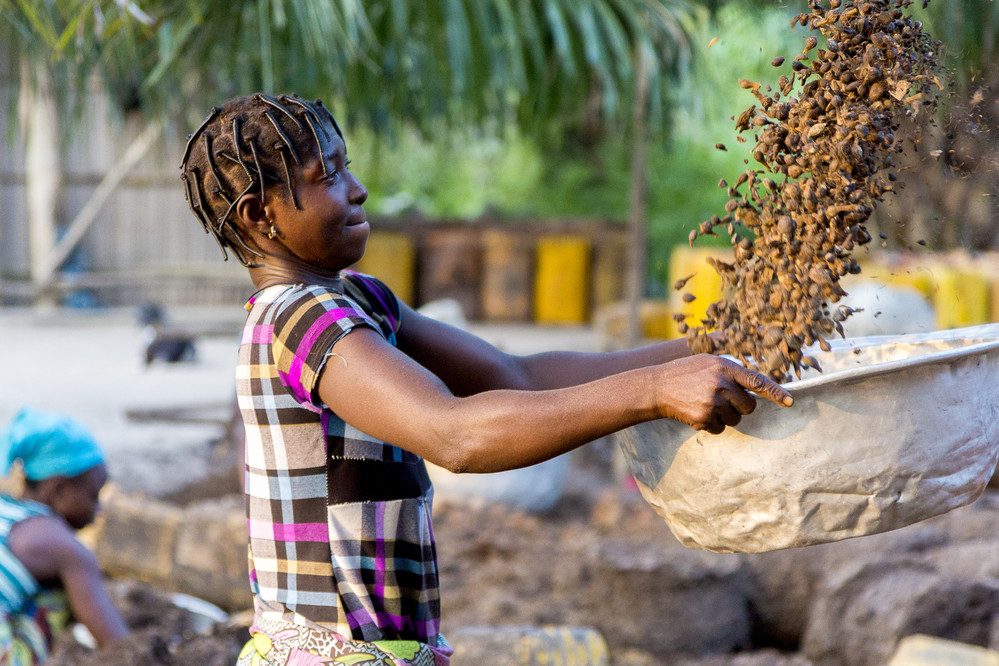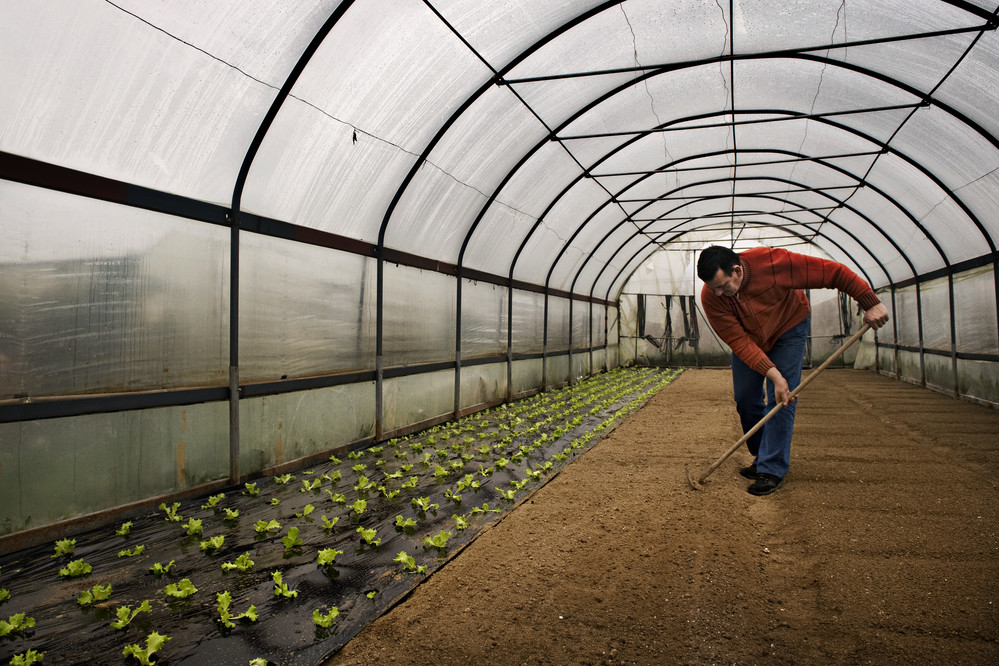By Anaar Kara, Senior Financial Sector Specialist, CGAP
The world is changing, and there are plenty of reasons to feel like it’s for the worse. We’ve all heard the statistics: 150 million people face financial catastrophe every year due to out-of-pocket expenditures on health care, and up to 132 million more people may be pushed into extreme poverty by 2030 due to climate change. Given these sobering figures, how do we drive systemic change to build an inclusive, green, resilient future for all? In CGAP CEO Sophie Sirtaine’s leadership essay, she demonstrated the role of financial inclusion in building that future. Given their position as risk managers, insurance and insurers have a huge role to play in creating a sustainable future for all. Twitter logo
Imagine Binta, a maize farmer in Burkina Faso. When faced with a drought that harms her crop yield, Binta may not have enough income to pay school fees, may have to pull her children out of school, or may have to sell productive assets which could threaten future production. With a climate insurance product that protects against lack of or excess rainfall, Binta could weather adverse shocks and sustain her production. Moreover, being protected against risk could also help her access credit and invest in her farming activities.
But what if insurance could do even more? What if insurers could help Binta in reducing her risk even before there was an adverse shock? What if they could help her know if she should plant drought-resistant seeds or help her access protective gear to wear in the field to ward off snake bites or other agricultural accidents? In some developed insurance markets, insurers, as risk managers, have played an important role in risk reduction strategies such as supporting fire prevention standards like fire alarms and sprinklers in buildings. What if we could extend the same logic to the most vulnerable countries and populations?
Despite its potential, insurance has not yet met the objective of truly building resilience for people living in poverty. There are estimates of an untapped market of nearly four billion people in emerging economies, and Munich Re estimates natural catastrophe protection gaps – measured as the percentage of losses that are uninsured – to be over 95% in lower-and middle-income countries. Insurance must go beyond traditional risk transfer and look at broader risk management to support building the resilience of people living in poverty.
The time is now
The risk of pandemics, political instability, and climate change is increasing. In some places like the state of California, we’ve seen insurers pulling out of the housing market. Given the climate crisis, are we heading towards uninsurability?
Insurers’ business models may need to fundamentally change to better leverage risk modeling capabilities. Twitter logoThat change is possible and we are already seeing signs of this. Insurers have begun putting their capabilities to work at the service of governments, for example through the Global Risk Modelling Alliance, a public-private partnership launched by the Insurance Development Forum, the V20 Group of Ministers of Finance, and the German Government to provide open-source data and industry risk modeling knowledge to climate-vulnerable countries. But insurers can play a greater role in leveraging risk management capabilities to support an inclusive, resilient, green future for all, particularly for those who are the most exposed to risk by enabling them to assess risks and adopt risk reduction strategies.
However, the insurance industry alone cannot respond to the challenge of compounding shocks and increasing risks. Policymakers can create a more favorable environment for the development of inclusive and responsible insurance. For example, in many developed economies, farmers have access to premium subsidies for insurance. Solutions are needed to extend such protection systems to those who are the most vulnerable to risk and yet have the least income to pay for insurance. In order to create enabling environments, we will need more than just tweaks to insurance product regulations – it will require systems change to unlock the full potential of insurance in building a sustainable future for all.
The time to make these changes is now. New technologies and political momentum are creating an opportunity for insurance to work differently. The 2024 Summit for the Future is a great opportunity to incorporate indicators specifically on insurance within the SDGs to support the industry in effectuating change.
Three priorities for driving systems change in inclusive insurance
Inclusive insurance has the potential to enhance the resilience of vulnerable populations, but to capitalize on that potential the financial inclusion sector needs to do things differently. At CGAP, we are looking at how to understand risk management and risk layering at a household level, particularly the role of women in understanding household protection needs, how to create a favorable environment for the development of inclusive insurance, and how to develop innovative solutions that can successfully reach low-income populations.
Supporting vulnerable populations in reducing their risk and developing holistic risk management solutions should be a priority
As highlighted above, insurers play a key role as risk managers and can advise on risk mitigation strategies as part of a comprehensive risk management solution. Insurance plays a role alongside other financial services such as savings or credit to support low-income and vulnerable populations in building their resilience. Moreover, insurers could bundle products with services such as index insurance products with agri-advising or simple health covers with malaria nets or telemedicine services. Premium reductions could be considered as an incentive to engage in risk reduction activities.
An enabling environment is key for the development of functioning insurance markets
There are many factors that contribute to an enabling environment and this goes beyond regulation. If insurance is not strongly part of broader development policies such as national financial inclusion strategies or the SDGs, there may be little incentive for national authorities to support the development of insurance. We need to fundamentally re-examine how to include insurance in policy frameworks and to have regulation that supports market development while ensuring safety, soundness, and responsibility.
There are innovative solutions that can be leveraged to scale insurance products targeting people living in poverty
Business as usual will no longer suffice and there is an opportunity to try newer models. For example, smallholder farmers account for about one-third of global food production, including producing 90% of the world’s cocoa and 80% of the world’s coffee. Large corporations can switch their sourcing when faced with risks to the supply chain, but individual farmers have fewer options. Insurance could be one way that global food chains invest in the resilience of their supply chains. Corporations could allocate a portion of fairtrade or other certification premiums to insurance for their smallholder farmer sourcing networks. This could sustain both the farmers’ livelihoods and the supply chains that those corporations also depend on, providing both corporate social responsibility and direct business advantages.
CGAP will continue to explore these three topics in support of a broader vision of risk management and to ensure that those living in poverty benefit from innovative models in insurance. By developing insurance that is inclusive, we can help contribute to a green, resilient future for all.
This article was originally published by CGAP.

